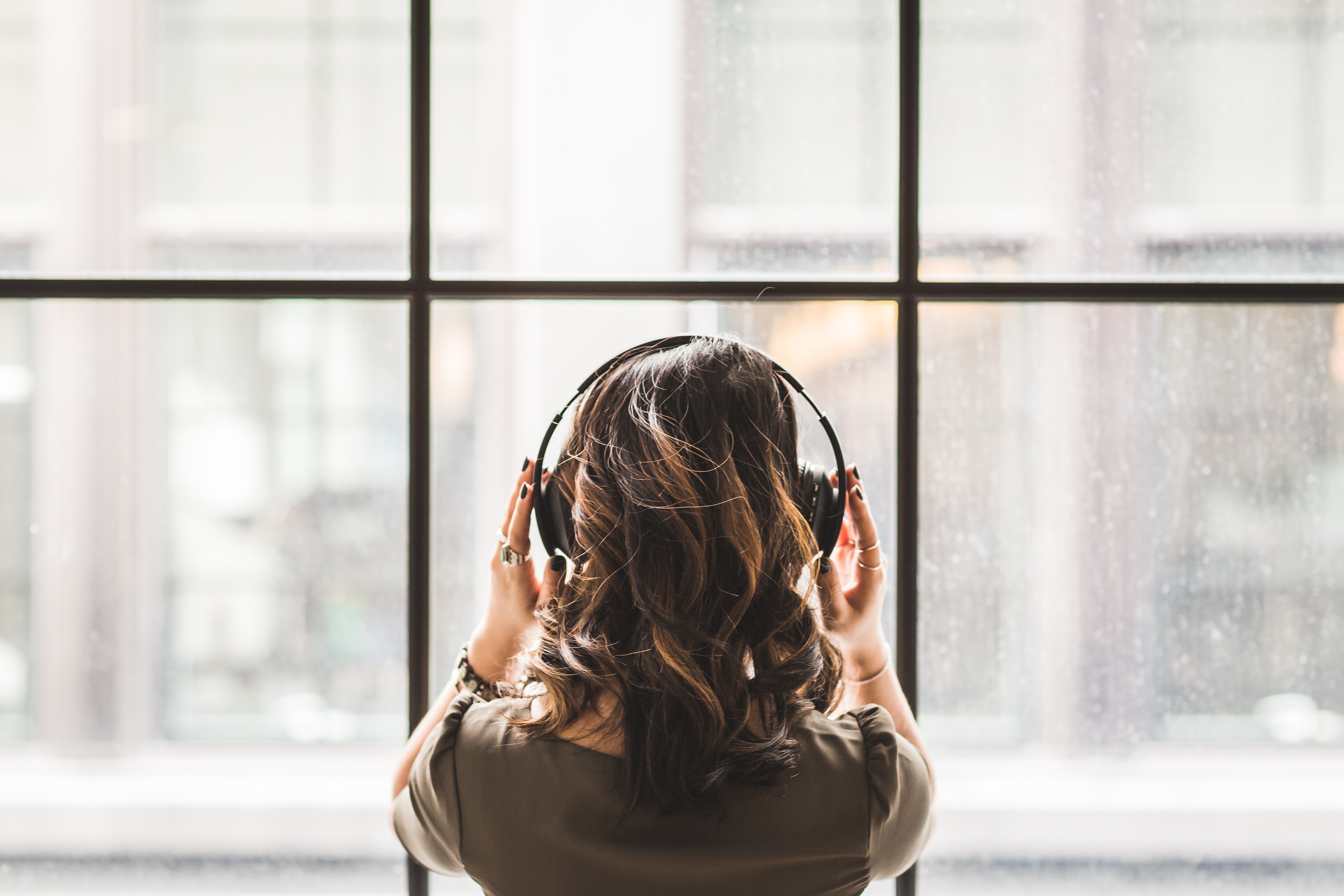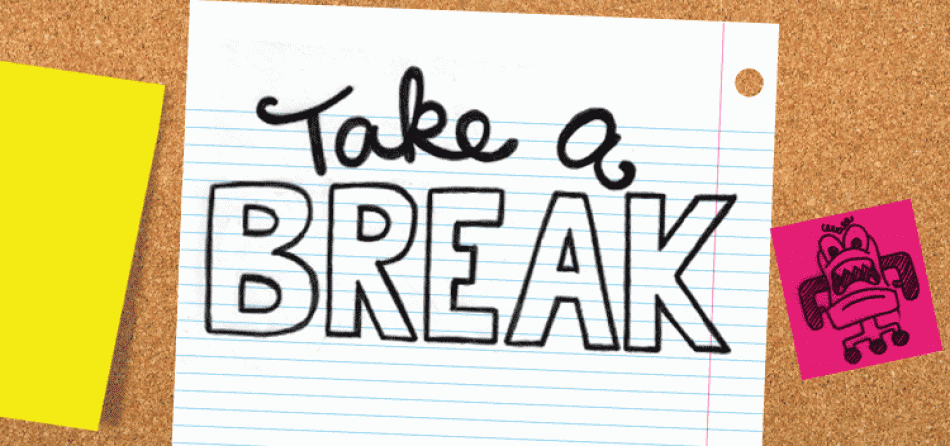

Image Source: Photo by Joris Molenaar on Unsplash
You probably know people who look forward to winter: they want the hot cocoa, cozy sweaters, and the holiday parties. They even like snow. For roughly 4-6% of the population, however, winter is not the most wonderful time of the year, because they struggle with seasonal affective disorder (SAD).
SAD is a type of depression that settles in as the days grow shorter and colder and often peaks between December and February. However, a minority of those affected will even experience it during the summer, instead. If affected, you may feel tired, moody, and experience swings in your appetite. It’s not just a bad day; it persists for months.
Living with SAD doesn’t mean your only option is migrating somewhere sunny for half the year. You can manage seasonal depression right where you are with the help of some lifestyle changes and some special tools.
The Causes of SAD Point to Some Answers
There’s a difference between ‘winter blues’ and seasonal depression. If you’re struggling with winter blues, you may experience some symptoms of SAD, but they’ll get better on their own. SAD, however, occurs when you go through two or more weeks of depressed mood and the related symptoms. You’ll struggle to sleep well, lose interest in activities you otherwise enjoy, struggle with energy, and find yourself snacking all day for weeks or months at a time.
What causes SAD? Like general depression, the exact causes aren’t known. However, three biological issues play a role: your biological clock, melatonin levels, and serotonin levels. These can also play a role in depression more generally. All of the above mechanisms and chemicals change when you get less sunlight, which is characteristic of winter. Though, melatonin is more impacted by the change in season.
The good news is that the cause — lack of sunlight — comes with a relatively simple and inexpensive fix.
Invest in a SAD Lamp
There are three medical interventions used to help patients maintain their quality of life during the winter. The first is a SAD lamp, or light therapy. Doctors prefer to prescribe light therapy because it comes with few side effects and begins working in a matter of days (or weeks). While it doesn’t boast a wealth of research, there’s little risk involved and it’s generally understood to be effective.
People with severe symptoms may benefit from trying an antidepressant treatment, usually an extended-release bupropion rather than an SSRI, as well. If your doctor suggests it could be right for you, then you may find it’s helpful to start taking the prescription before winter settles in to help ward off symptoms and give it time to begin working. You may even find you need to take it all year for the best effects.
Others may also find that they benefit from psychotherapy, particularly cognitive behavioral therapy (CBT). CBT and other talk therapies help you find better ways to cope with SAD, and you may find this particularly helpful if you are also prone to depressive episodes outside of the winter season. For example, if you love running basketball drills, but you tend to skip winter practice, a therapist can help you create a coping mechanism that helps you get back to the court as you deal with your SAD symptoms.
A Healthy Lifestyle Works Wonders
We’ll be the first to tell you that lifestyle changes aren’t a substitute for good mental healthcare. SAD is a type of clinical depression; it has biochemical origins and you can’t self-help your way out of it (at least, most people can’t.) At the same time, however, a healthy lifestyle can help you deal with the symptoms and prevent you from entering the springtime feeling sluggish. Things as simple as staying hydrated can supplement your other therapies and help you feel more generally well.
Before you ask: you don’t have to go on a special diet. Some of the things you can do to protect your brain can be as simple as getting an air purifier for your home so you can breathe cleaner air. There’s actually a growing body of evidence that shows air pollution has an impact on depression globally, so an air purifier is one of the most hands-off things you can do to help lift the brain fog.
Another thing you can do is eat food that’s known to boost your serotonin levels. Again: no diets need apply. But consider eating foods right in tryptophan and amino acids, like turkey and salmon, a few times a week. Have smoked salmon for dinner, which you don’t necessarily have to cook. Eat some whole-wheat crackers with turkey and cheese. Again, no cooking required!
Most importantly, don’t forget to ask for help. If you don’t want to visit your general physician, consider getting in touch with a health educator, who can help you sort through the noise and choose little lifestyle choices that support brain function.
You Don’t Have to Manage SAD Alone
For many people with SAD, it’s a relief to know that there’s a name for what they feel all winter. But what comes next? How do you deal with seasonal depression?
You don’t have to manage SAD on your own. If you go through periods of low mood and energy for more than two weeks at a time, reach out to your doctor — or even a friend or loved one. By getting the light you need and learning how to cope in a healthy way, you can start to see what people love about the season that brings hot cocoa, sweater weather, and holiday parties.





Be the first to comment